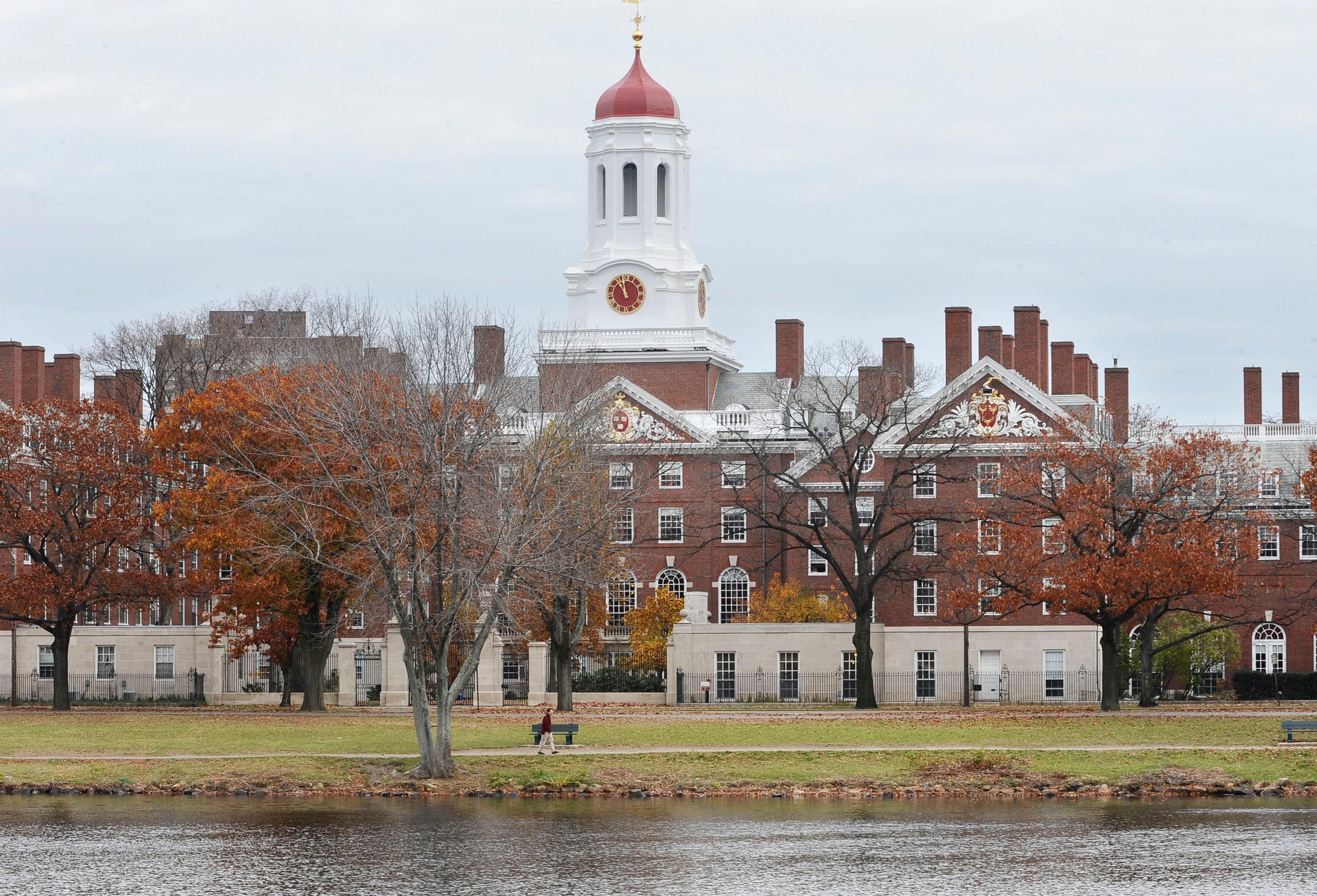University removes book made from human skin
Scientific analysis done in 2014 confirmed the binding was made of human skin

Your support helps us to tell the story
From reproductive rights to climate change to Big Tech, The Independent is on the ground when the story is developing. Whether it's investigating the financials of Elon Musk's pro-Trump PAC or producing our latest documentary, 'The A Word', which shines a light on the American women fighting for reproductive rights, we know how important it is to parse out the facts from the messaging.
At such a critical moment in US history, we need reporters on the ground. Your donation allows us to keep sending journalists to speak to both sides of the story.
The Independent is trusted by Americans across the entire political spectrum. And unlike many other quality news outlets, we choose not to lock Americans out of our reporting and analysis with paywalls. We believe quality journalism should be available to everyone, paid for by those who can afford it.
Your support makes all the difference.A university has said it has removed human skin from the binding of a 19th century book about the afterlife that has been in its collections since the 1930s.
The decision came after a review found ethical concerns with the book's origin and history at Harvard.
The book, “Des Destinées de L’âme,” meaning “Destinies of the Soul,” was written by Arsène Houssaye, a French novelist and poet, in the early 1880s. The printed text was given to a physician, Ludovic Bouland, who ”bound the book with skin he took without consent from the body of a deceased female patient in a hospital where he worked," Harvard said in a recent statement. The book has been at the university's Houghton Library.
Bouland included a handwritten note inside the book. It said “a book about the human soul deserved to have a human covering,” associate university librarian Thomas Hyry said in a published question-and-answer segment online Wednesday. The note also detailed the process behind preparing the skin for binding.
Scientific analysis done in 2014 confirmed the binding was made of human skin, the university said.
In its statement, Harvard said the library noted several ways in which its stewardship practices failed to meet its ethical standards.
“Until relatively recently, the library has made the book available to anyone who asked for it, regardless of their reason for wishing to consult it,” Harvard said. “Library lore suggests that decades ago, students employed to page collections in Houghton’s stacks were hazed by being asked to retrieve the book without being told it included human remains.”
When the testing confirmed the book was bound by human skin, "the library published posts on the Houghton blog that utilized a sensationalistic, morbid, and humorous tone that fueled similar international media coverage,” the university said in its statement.

The removed skin is now in “secure storage at Harvard Library,” Anne-Marie Eze, Houghton Library associate librarian, said in the question-and-answer session.
Harvard said the skin removal was prompted by a library review following a Harvard University report on human remains in its museum collections, released in 2022.
“Harvard Library and the Harvard Museum Collections Returns Committee concluded that the human remains used in the book’s binding no longer belong in the Harvard Library collections, due to the ethically fraught nature of the book’s origins and subsequent history,” Harvard's statement said.
The library said it will be conducting additional research into the book, Bouland and the anonymous female patient. It is also working with French authorities to determine a “final respectful disposition.”